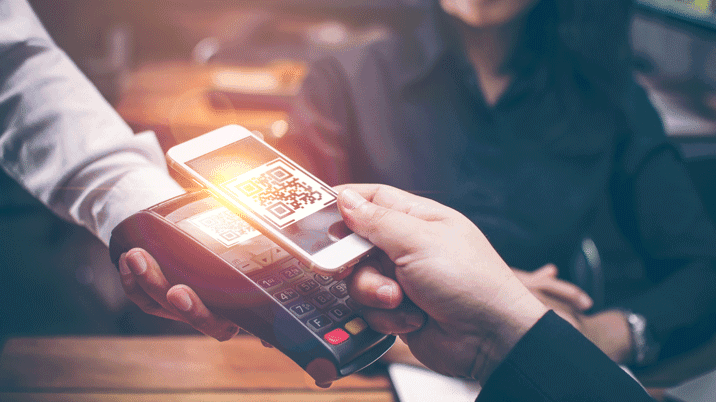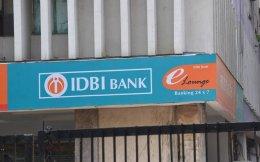National Payments Corporation of India (NPCI)’s unified payments interface (UPI) accounted for over 83% of all digitally made payments in India as of the June quarter, according to a report by digital payments service provider Worldline, published Tuesday. As per NPCI’s UPI product stats tracker and Worldline, UPI transactions grossed ₹30.4 lakh crore in value in the June quarter, rising 98% year-on-year (YoY).
In terms of volume, while 20.6 billion digital payments were made in this period, 84% — or 17.4 billion — of transactions were via UPI.
The payment instrument also set a new record at the onset of India’s festive period sales, amounting to ₹11.2 lakh crore in September itself — up by 70.6% YoY. While UPI payments to businesses outpaced transfers between individuals in September by number of transactions, the latter accounted for 77.2% of the total value of these transactions.
This makes UPI the primary factor for the growth of digital payments in India, which industry experts and stakeholders say is likely to continue for at least the next decade. Ranadurjay Talukdar, partner and payments advisory leader at consultancy firm EY LLP India, said that digital payments presently account for approximately 25% of all payments, which leaves the payments industry with a large addressable market to cater to.
“Add to that UPI’s international projects under the NPCI International Payments Limited (NIPL), and there should not be any threat to UPI adoption slowing down due to market saturation any time soon — at least not in the next eight or 10 years,” Talukdar said.
Talukdar added that one of the biggest drivers behind the adoption of UPI is the shortened clearance cycle of payments, which adds to the availability of cash in hand for businesses across the country. While card-based payments required at least one day for payments to be settled and for businesses to have cash in hand, UPI’s near-instant payments clearance cycle has prompted the service’s adoption.
The margin of transactions in digital payments have also been a key factor. “Until around 2015, India had about 40 million digital points of sales, which also imposed a 2% fee on card-based digital transactions. For any small business operating at margins of anywhere between 6-8%, they couldn’t afford to pay a quarter of their profit margins simply for transactions,” he said.
Since 2015-16, Talukdar said that the points of sale in digital transactions have grown to over 300 million businesses across India, buoyed by payment service providers such as Razorpay, and the adoption of third party, QR-based merchant payment services such as PhonePe, Google Pay and Paytm.
Razorpay, for instance, sees UPI account for most of the transactions on its platform. On September 22, Harshil Mathur, chief executive of Razorpay, told Mint that UPI payments account for “more than 65%” of all payments on the platform.
To be sure, P2P UPI transactions, which include UPI-based money transfers between two individuals not registered as businesses, still account for most UPI transactions. According to Worldline’s report, 59% of all UPI transactions by volume were between individuals, while the rest were made to merchants. The disparity is even larger when the value of UPI transactions are taken into account — 79.7% of the ₹30.4 lakh crore in UPI transactions were made between individuals.
This reflects in the per-transaction ticket size as well. Worldline’s report stated that while individual UPI payments were valued at ₹2,425 per transaction, those made to businesses stood at ₹820 per transaction.






